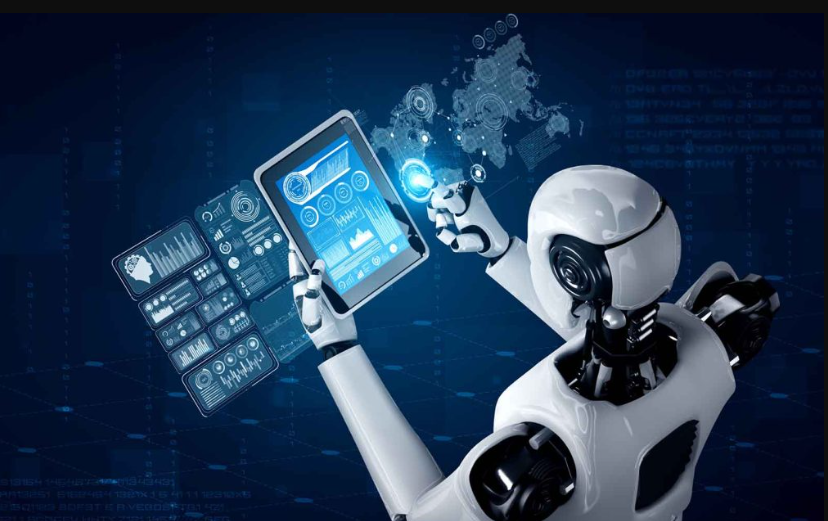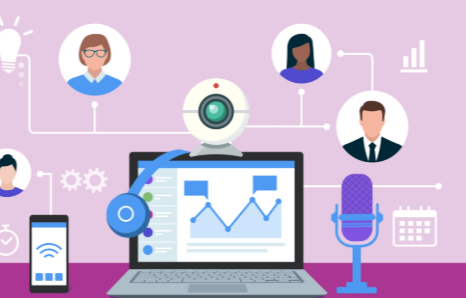How AI Is Transforming Software Testing Processes
AI for software testing is rapidly changing how teams manage growing complexities, diverse platforms, and outdated manual testing approaches. Traditional methods often lead to high maintenance costs, slow execution, and delayed feedback. To address these challenges, testers are now leveraging AI, which identifies patterns, analyzes large datasets, and learns from past results, bringing faster execution, improved accuracy, and smarter automation to the testing process.
AI in software testing
Artificial Intelligence, or AI, denotes the computer systems built to carry out tasks that require human intelligence, for instance, decision-making, speech recognition, translation between languages, visual perception, and the list goes on. In general, AI comprises a set of techniques that enable systems to replicate human intelligence abilities with high efficiency and accuracy.
When it comes to the software testing process, AI takes the power of machine learning and deep learning algorithms for evaluating user behaviour, predicting code, and test results.
Benefits of AI in software testing
AI can enhance the software testing process in many ways, some of which are mentioned below:
- AI can examine large amounts of data to predict patterns and bring about optimised test cases. This enables testing teams to focus their testing efforts on areas that demand more critical thinking.
- It can bring about realistic test data automatically, getting rid of the need for the creation of manual data for expanding the extent of testing scenarios in an application.
- These robust systems can easily and efficiently adapt to and give updated tests when changes are being made, and thus ensure extensive test coverage. It can even alter tests according to the applications under test.
- It can even look over how real users are interacting with an application, giving rise to tests that mimic similar user workflows and results. Thus, ensuring that the vital user paths are tested optimally.
- Another benefit offered by AI is speed. With the help of low-code platforms, which further result in more accessibility and built-in features for non-coders, it speeds up the development of automated tests. This further expands the possibility and scope of the software testing process.
See also: How Tech Is Redefining Customer Experience
How to Introduce AI in the Software Testing Process?
Testing leaders can introduce AI in the software testing process to enhance the team’s efficiency. This can be done in the following ways:
- By identifying key obstacles: The first and foremost in this aspect is to identify and highlight the key problems in the current testing process. For instance, looking over the tasks that take a lot of time, which ones are creating blockage in the testing process, etc. Oftentimes, testing teams find the maintenance of test scripts troublesome. Therefore, introducing AI in this step can automatically handle updates and minimise the burden. It is also beneficial in the maintenance of test scripts, regression testing, and data analysis.
- Deploy AI tools for targeted functions: Testers can gradually introduce AI, beginning with manageable and simple tasks, such as automating regression tests or creating test scripts for repetitive situations.
- Take advantage of data-driven insights: AI flourishes on data, so by taking advantage of the team’s real-world data, testing can be improved. AI tools can predict the likely areas where bugs can occur, even mimic user interactions, and can also detect past defects to help testing teams focus on more high-risk areas. Historical defect data can be analyzed, and testing can be prioritized in vulnerable areas. As a result, reduced post-release bugs can be achieved.
- Showcase the impact and ROI: To attract a greater audience, testers need to illustrate noticeable benefits of AI. They can track metrics like enhanced test coverage, saved time, and minimized post-release bugs to show the assistance that AI brings to the testing process. A reduced maintenance cost is also seen with the introduction of AI in test case maintenance, highlighting the remarkable ROI to the executive teams.
- Promote and foster a learning culture: For an optimal result and greater user satisfaction, it is important for testing teams to adapt from time to time and have a good grasp of new tools and adjust as per their workflows. For this, testers should try promoting an environment that encourages experimentation with AI, as well as provide opportunities for continuous learning, including online courses on AI in testing and webinars.
Key Areas Where AI Is Transforming the Software Testing Process
AI is revolutionizing software testing by enhancing test case generation, defect prediction, and test coverage analysis. It accelerates testing cycles while improving accuracy and reducing manual effort.
- AI in the execution of automated test cases: Image recognition stands out to be one of the important functional realms of AI. This feature can be utilized for the execution of automated test cases. It further adds to the formation of more robust automated test cases that run optimally even when changes are made. It further allows testing tools to identify various properties of UI elements, including position, size, and labels, despite changes in these attributes over time.
AI helps testing teams to maintain the accuracy of element identification by allotting power to these properties, thus minimizing test failures because of slight changes in UI. All of this makes test cases more powerful and less likely to break when the updates are made in the application. Many AI testing tools possess the ability to illustrate how this property is applied in real-world scenarios and thus ensure reliable and continuous testing.
- AI in test result analysis: Test results analysis is also one of the ideal areas for machine learning algorithms. Testers have often come across big log files, large data outcomes, screenshots, and defect messages that need to be looked after in a comprehensive way. With AI, this data can be easily examined and quickly evaluated with enhanced efficiency, and the vital information can be identified. In some cases, defects can be automatically generated, and vital problems in the software can be detected.
Furthermore, the process of tracing defects to their origin and, in some cases, improving the code can be learned and applied autonomously.
- AI platforms that are transforming the software testing process: AI in testing continues to reshape the software testing landscape, helping teams overcome traditional challenges like high maintenance, slow execution, and delayed feedback. Several platforms are contributing to this shift, and one of the emerging players is LambdaTest, which offers powerful capabilities for modern QA workflows.
Platforms like LambdaTest are enabling faster error detection, automation of repetitive tasks, and expanded test coverage across devices and browsers. By combining intelligent features with scalable infrastructure, LambdaTest helps testing teams work more efficiently, allowing them to use an AI testing tool called KaneAI.
LambdaTestKaneAI is a GenAI-Native testing agent that allows teams to plan, author, and evolve tests using natural language. It is built from the ground up for high-speed quality engineering teams and integrates seamlessly with the rest of LambdaTest’s offerings around test planning, execution, orchestration, and analysis.
Its built-in test intelligence system tracks performance trends, flags unreliable tests, and recommends improvements, boosting reliability and reducing debugging time. LambdaTest also integrates seamlessly with CI/CD pipelines and offers real-time collaboration to support agile teams.
The platform’s smart test execution feature uses AI to prioritize high-risk test cases, speed up feedback, and detect bugs early. Combined with its AI-powered analytics dashboard, it allows teams to take data-driven actions for optimizing test quality and coverage.
- AI during the execution of a manual test: AI can also benefit testers in the execution of manual tests, especially when analysing the results of previous or current executions. High-risk and high-defect detection potential areas can therefore be known at the initial stages. According to the result, the possibility and vision of new test executions can be precisely planned, which makes the overall testing process more efficient, resulting in superior quality.
- Quality prediction and predictive defect analysis: Another robust area where AI benefits testers in the software testing process is predictive defect analysis. With previous commit histories, defect data, and module complexity, AI can predict the components that are most likely to have bugs in the future. This allows testing teams to focus their efforts on the most vital tasks.
Predictive analytics also enables QA managers to predict the quality of software, recognise the risk-prone releases, and take appropriate actions before defects move further. This strategic approach gives rise to resource allocation, finer planning, and enhanced user satisfaction.
Conclusion
In conclusion, AI is not only optimising the software testing process, but it is transforming it. With the rapid evolution in the software landscape, testing teams are placed in a position to initiate change as well as rethink the quality assurance strategies. The best approach lies in beginning with manageable steps and targeted AI implementations, which will help in solving real testing challenges and result in a measurable impact.
By illustrating visible ROI to teams and fostering a team culture that promotes continuous learning and experimentation, testers can therefore integrate AI tools in their software testing process more effectively. This thoughtful, strategic approach not only optimises the speed and accuracy of the testing process but also ensures long-term adaptability in a rapidly evolving digital environment. Taking advantage of AI today leads to faster, smarter, and more reliable delivery of software.






